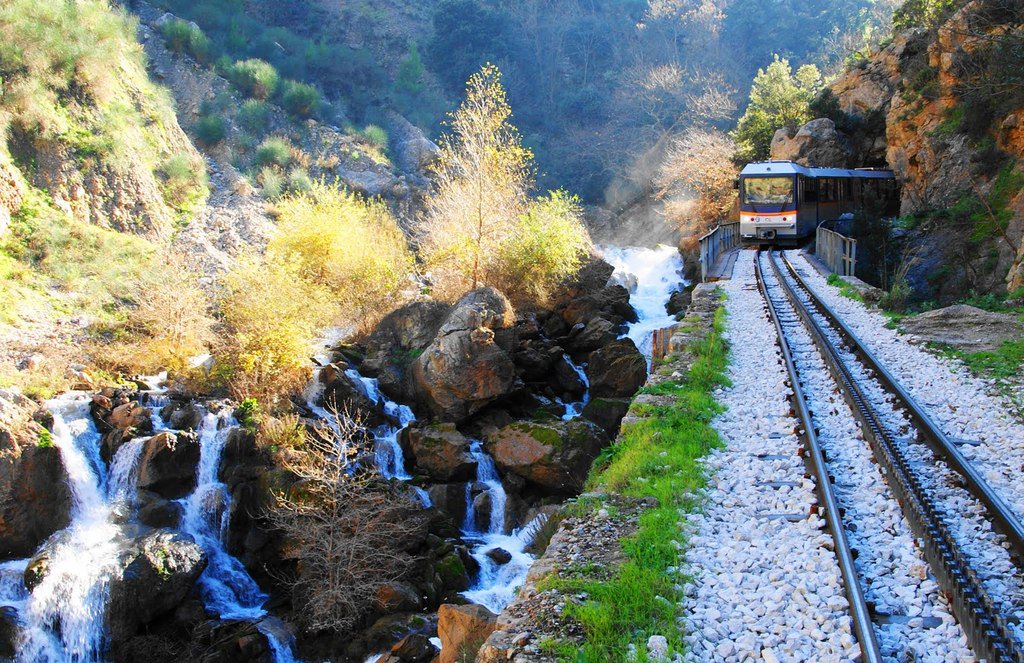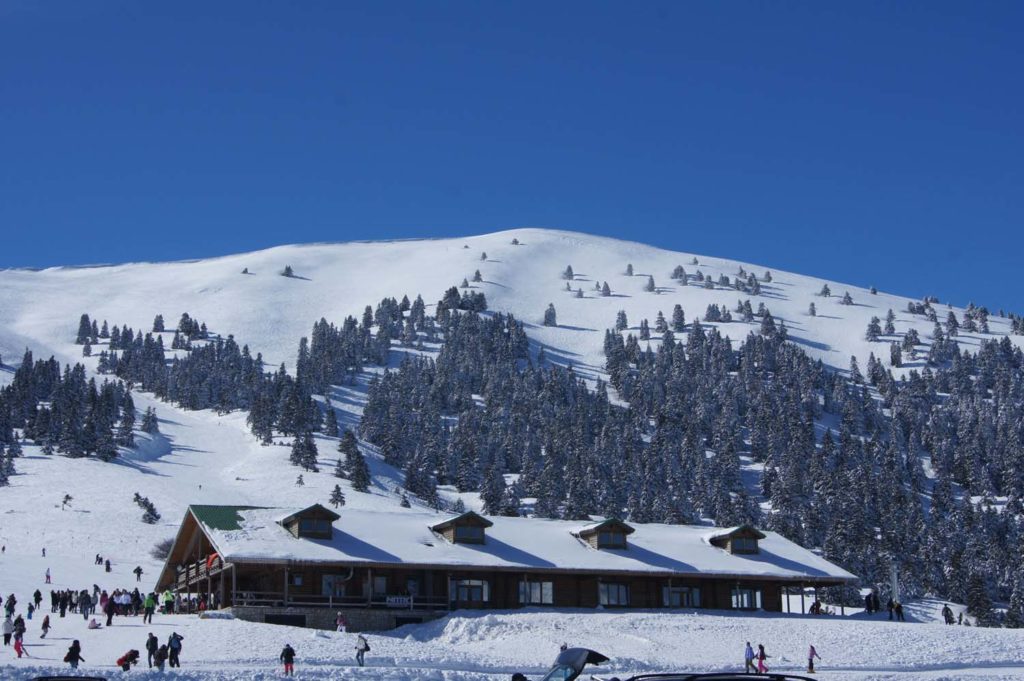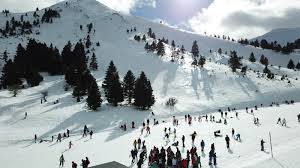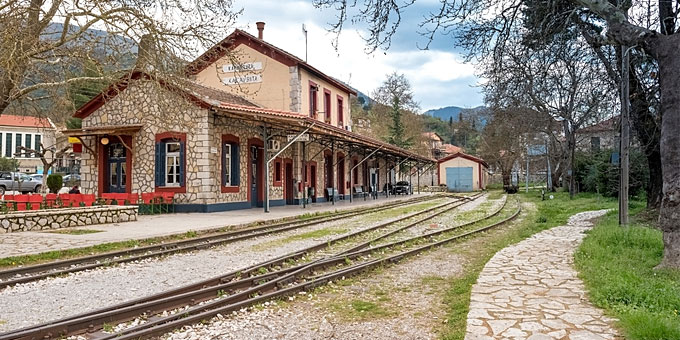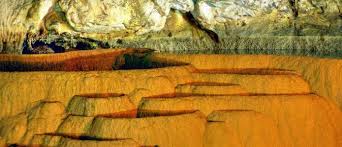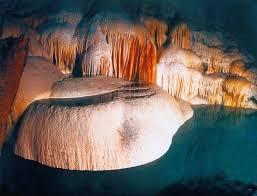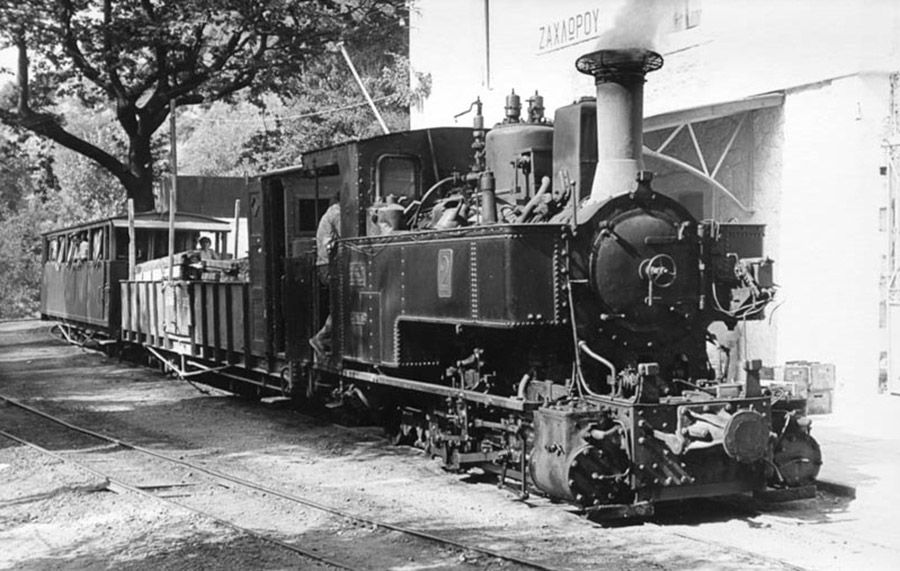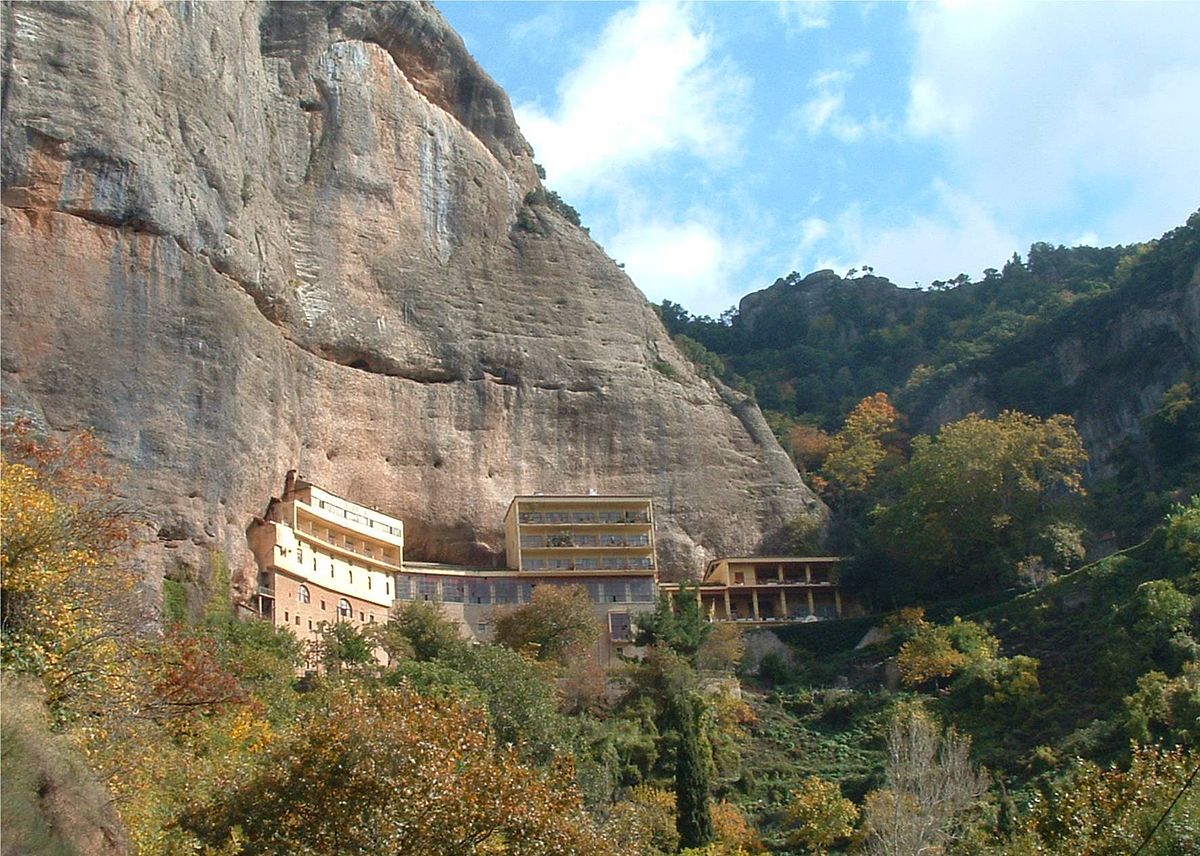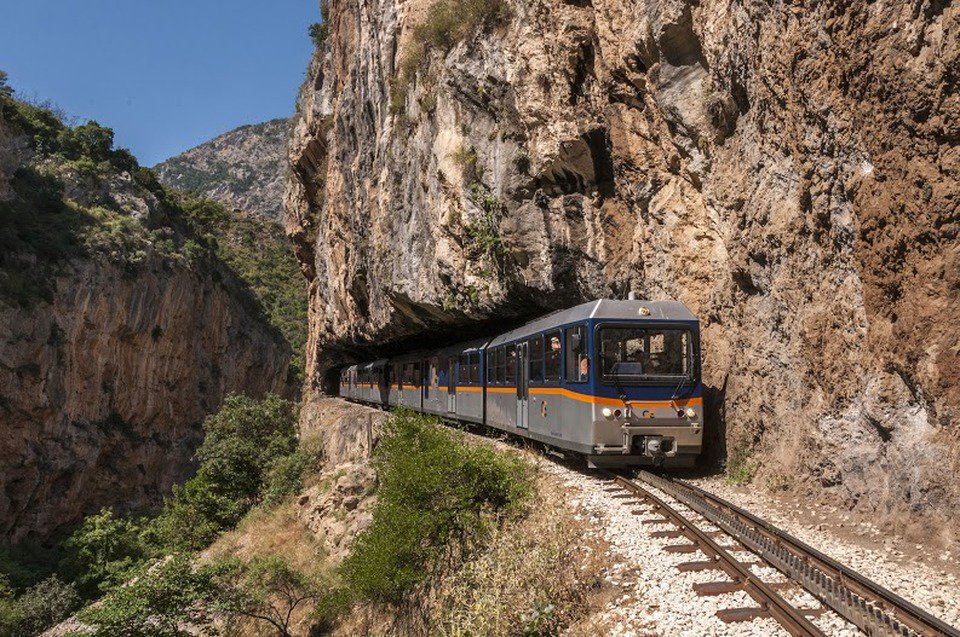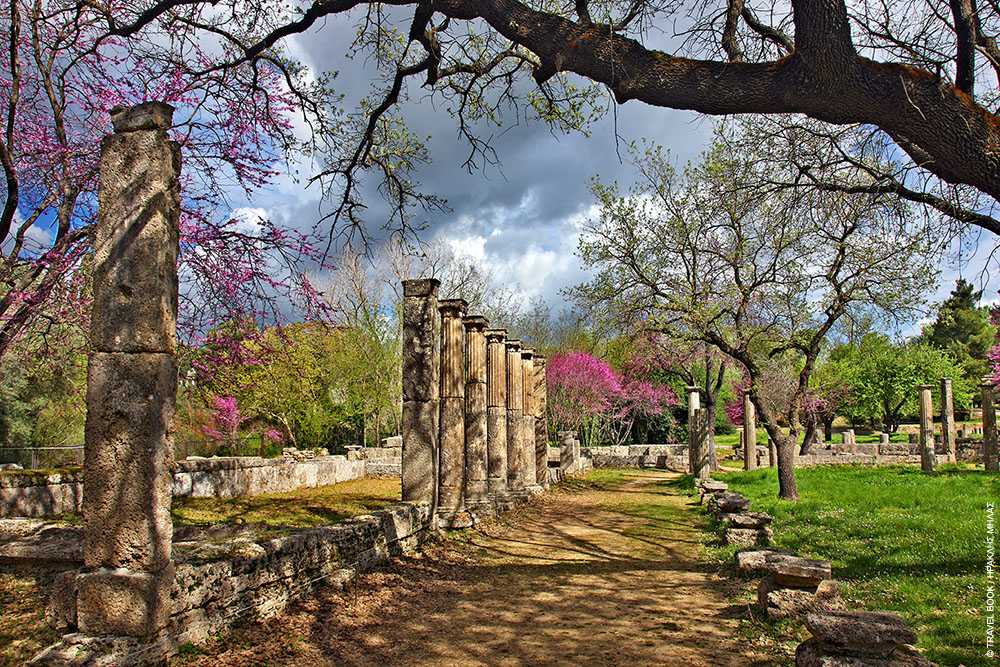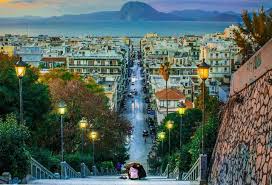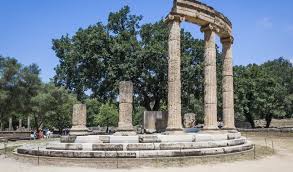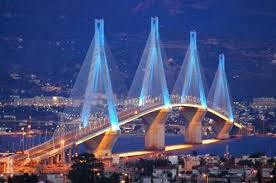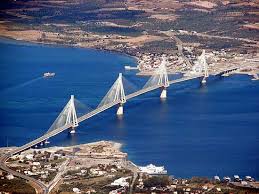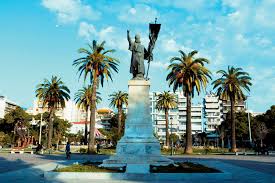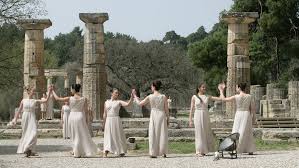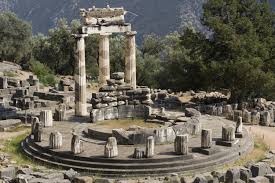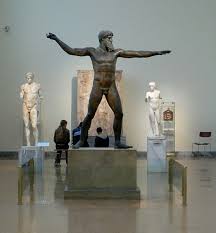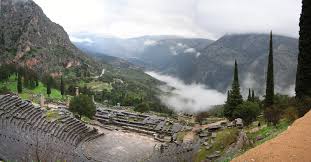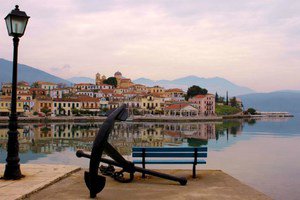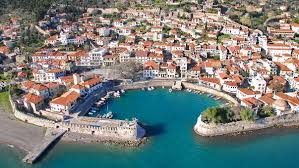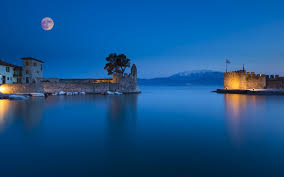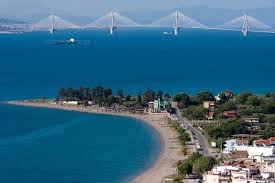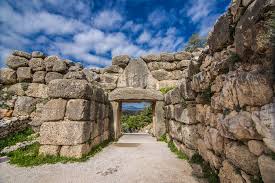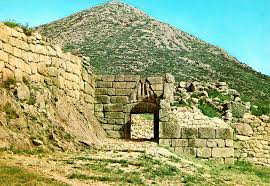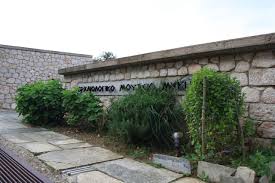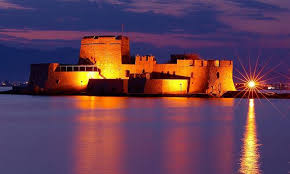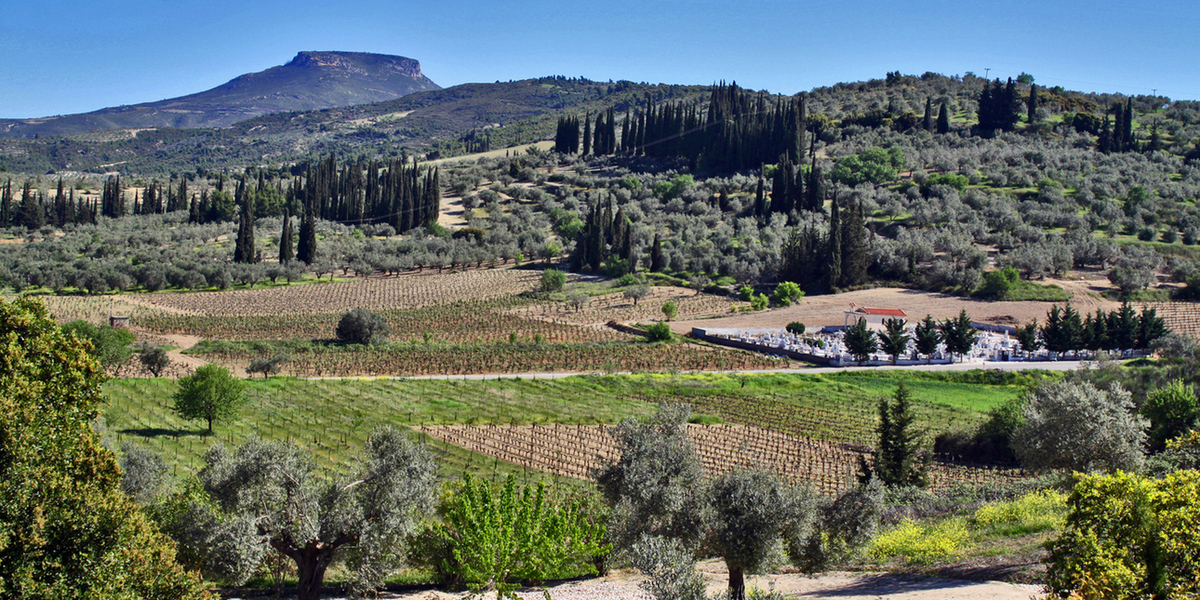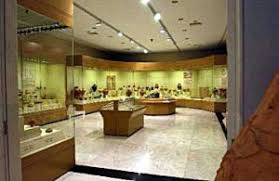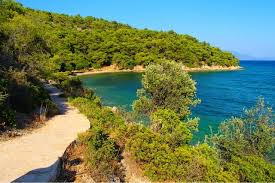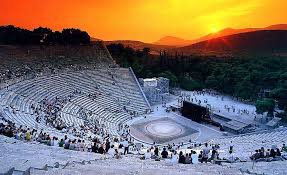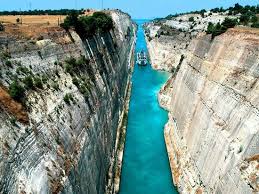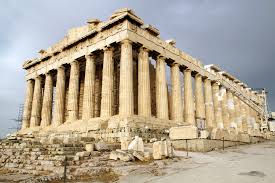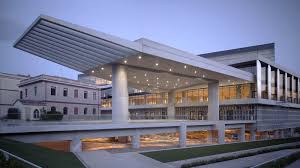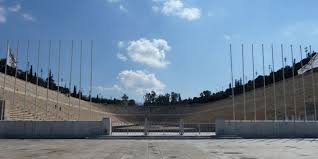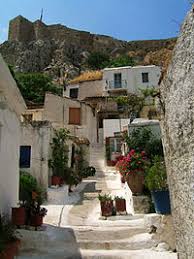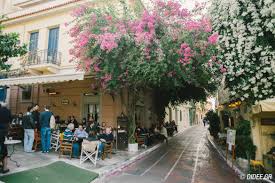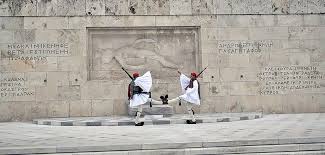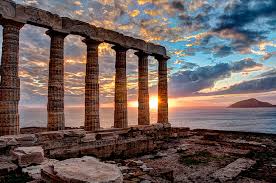Discovering - Exploring - Adventuring
Routes
Diakofto - Kalavrita - Cave lakes - Klitoria . (55km - aprox. 1:30 hours drive)
In the beautiful seaside little town Diakofto you can find the "ODONTOTOS" an historic gauge rack railway in Greece built in 1885. It leads up to the town of Kalavryta passing through the Vouraikos Gorge (a Natura area) and the famous Mega Spilaio. Kalavryta is a small but beautiful town that attracts most tourists due to the ski centre and its historical past.
SIGHTS
- The Monastery of Mega Spileo, the oldest Greek orthodox monastery built in 326 AD
- The historical Monastery of Agia Lavra, where the Greek Independence Revolution of 1821 was declared
- The Cave of the Lakes, a cave crossed by a long, underwater river which forms a lot of small lakes through its passage. The stalactites and stalagmites create spectacular formations
- The little picturesque village Planitero near Klitoria where you can taste the delicious fresh trouts from the nearby Ladonas river
Rio bridge - Patra - Olympia ( 155 km - approx. 2 hours drive)
The impressive Rio-Antirio bridge which is the World's longest multi-span cable-stayed bridge. It crosses the Gulf of Corinth near Patras, linking the town of Rion on the Peloponnese to Antirion on mainland Greece.
The third largest city and harbour of Greece mentioned as Greece’s gate to the West, Patras is a city with rich history from the Mycenaean period through various occupations ( Dorians, Romans, Byzantines, Venetians, Genoans and Ottomans) until today. According to Christian tradition, it was also the place of Saint Andrew’s martyrdom.
Olympia, the sanctuary of Zeus and birthplace of the Olympic Games lies in a verdant valley of the western Peloponissos.The Olympics were the panhellenic top sporting event that embodied the ideal of fair competition among free and equal men, as conveyed in the words let the best win. There could be no greater honour for a youth of the time than to be crowned with the kotinos, the champion's olive wreath, nor greater glory bestowed on the athlete's bithplace: when back home, part of the city walls were pulled down for the champion to enter.
SIGHTS
- The Rio bridge
- The Archeological Museums.
- The Roman Odeon and the Roman Amphitheater
- The medieval Patras Castle, in the ancient acropolis
- The church of Saint Andrew of Patras
- The municipal Theatre Apollon, built in 1872 to plans by the German architect Ernst Ziller.
- The Turkish baths building (16th century), retaining their initial use, one of the few Turkish baths surviving in Europe.
- The Patras Lighthouse (Faros), which is the symbol of the city.
- The Achaia Clauss winery built in 1854 producing excellent quality wines. You can taste the famous red sweet wine called Mavrodafni as well as the local liqueur Tentoura usually served as a digestive
- The Archaeological site of Olympia where the Olympic Flame is lit in front of the temple of Hera. ( UNESCO World Heritage) It includes the Palaestra, the Philippeion, the Echo Stoa, the temple of Zeus and the original Olympic Games Ancient Stadium where the athletes competed in the ancient years.
- The archaeological museum one can find the famous statue of winged Nike and the masterpiece of Hermes of Praxiteles.
- The museum of the history of Ancient Olympic Games
- The Archemides museum of Ancient Greek Technology
Nafpaktos - Galaxidi - Delphi ( 145 km - approx. 2 hours driving)
Traveling to the mainland area, crossing through the beutiful Rio Bridge, you can visit the seaside town of Nafpaktos with its picturesque Venetian castle is a particularly interesting city, surrounded by beautiful scenery. Α strategically located place, where history has left its mark practically all around it.
Galaxidi, the famous naval town which is the picturesque pride and joy of the southern coasts of central Greece. Brave seamen used to sail around the Mediterranean Sea to seek refuge in the two natural ports.
Delphi one of the most important archaeological sites in Greece, with the sanctuary Apollo, a famous ancient oracle, was a major cultural and religious center during its time. It gave predictions to people and ancient authorities, and it was considered to be the center of the world. According to mythology, it was the point where two eagles – one from the east and the other from the west – that were sent by Zeus met. Delphi was also home to the Pythian Games, ancient competitions which took place every four years in Honor of Apollo. Aside from the usual athletic events, it also included poetry and musical contests.
SIGHTS
- The castle of Nafpaktos
- The old town with the manor of the Botsaris family
- The Venetian harbour with the statue of Cervantes the famous author of Don Quixote who fought bravely in the naval battle of Lepanto
- The maritime and the folklore musems of Galaxidi
- The picturesque ports with beautiful neoclassical houses, old captains’ mansions and taverns where you can taste authentic Greek dishes and mezedes drinking local wine or ouzo
- The Delphi Archaeological Site ( UNESCO World Heritage)
- The Delphi Archaeological Museum
- The Sanctuary of Apollo and the Sanctuary of Athena Pronea
- The ancient Gymnasium
- The Treasury of Athens
Mykenae - Nemea - Nafplio ( 150 km - approx. 2 hours drive)
Mycenae 'Rich in Gold', the kingdom of mythical Agamemnon, first sung by Homer, is the most important and richest palatial centre of the Late Bronze Age in Greece. One of the greatest civilizations of Greek prehistory, the Mycenaean civilization with its myths that have inspired poets and writers over many centuries even until today.
Ancient Nemea is the place where according to Greek mythology hero Heracles killled the Nemean Lion as well as the place where the Nemean Games were played. It is the region famous for its winemaking from the Homer times who called it Ampelóessa, “full of vines”. Today, it produces wines famous for their deep red color, complex aroma and long, velvety palate.
Nafplio, one of the most beautiful towns in Peloponnesos as well as one of the most romantic cities all over Greece, was the first capital of the newly born Greek state between 1823 and 1834.
SIGHTS
- The archaeological site of Mycenae comprises the fortified acropolis and surrounding funerary and habitation sites ( UNESCO World Heritage )
- The Great Cyclopean walls surround the almost triangular acropolis
- The famous Lion Gate, the symbol of the Mycenaean rulers' power.
- The treasure of Atreus which is the most impressive of the preserved Mycenaean tholos tombs.
- The archaeological site of Ancient Nemea, the Temple of Zeus and the ancient stadium where the ancient “Nemea” games where held.
- The Nemea archaeological museum containing the treasure of Aidonia
- The medieval old town of Nafplio with its neoclassical well preserved mansions
- The Palamidi Casle
- The venetian small fortress Bourtzi
Korinth - Epidavrus (166km - 1:45 hours drive)
Corinth was one of the largest and wealthiest city-states of antiquity in Greece. It was made up of three parts; the Acropolis on the hill (Acrocorinth), the city itself on a lower plateau, and its port on the coast. All this was protected by a wall which ran for 20km. It is here that St. Paul preached to the Corinthians in 51-52 AD and was inspired to write the New Testament books of the First and Second Corinthians among the most quoted books of the Bible.
Epidaurus became famous thoughout Greece and beyond as the birthplace of god-physician Asklepius and of medicine. Its sanctuary was the most famous healing centre of the Greek and Roman world and its theatre was marveled for its exceptional acoustics. Once again in use today, the ancient monument floods with theatre devotees during the annual summer Festival of Epidaurus.
SIGHTS
- The ruins of Ancient Corith including temples, a forum, baths and a basilica
- The Doric Temple of Apollo
- The Archaeological Museum
- Akrokórinthos an impressive fortified hilltop (575 meters) with its Temple of Aphrodite
- The Corinth Canal in the Isthmus of Corinth
- The archeologigal site of Ancient Epidavros and the Sanctuary of Asclepius (UNESCO World Heritage)
- The ancient theater of Epidavros as well as the small theater of Ancient Epidavrus
- The Castle in New Epidaurus, which came to the possession of Venice in 1205.
Athens (170 km / approx. 1.45 hours drive)- Cape Sounio (+ 30 km / approx. + 0.30 hours drive)
Athens is a modern capital full of history, famous monuments and museums. It is in many ways the birthplace of Classical Greece and therefore of Western civilization as well as of the concept of Democracy. Scattered around the city one can also recognise marks of the Roman, Byzantine and Ottoman civilizations.
Cape Sounion is the site of ruins of the ancient Greek temple of Poseidon, the god of the sea in classical mythology. The remains are perched on the headland, surrounded on three sides by the sea. A popular excursion from Athens, has the most beautiful sunset over the Aegean sea.
SIGHTS
- The Athens Acropolis, with its Parthenon and the Erechtheion, a complex of ancient sanctuaries ( UNESCO World Heritage)
- The Acropolis Museum, below the Acropolis hilltop.
- The Agora, ruins of the ancient Marketplace with the church of Holy Apostles
- The Temple of Olympian Zeus
- Numerus Museums ( National Archeology, Byzantine, Cycladic Art etc)
- The Panagia Capnikarea Church built in the 11th century AD
- The Panathenaic Stadium renovated in 1896 for the first modern Olympic Games
- Two interesting neighborhoods, Plaka and Anafiotika
- Changing of the Soldiers of the Presidential Guards in Syntagma square standing at theTomp of the Unknown Soldier monument in front of the Hellenic Parliament
- Cape Sounio and the Temple of Poseidon
- +30 6944456268
- +30 6948947267
- This email address is being protected from spambots. You need JavaScript enabled to view it.
- www.rododafnibay.gr
- 25th Martiou street
Akoli Beach - Rododafni
25100 Egion
Greece
Development/Marketing by tsioumpris.com
